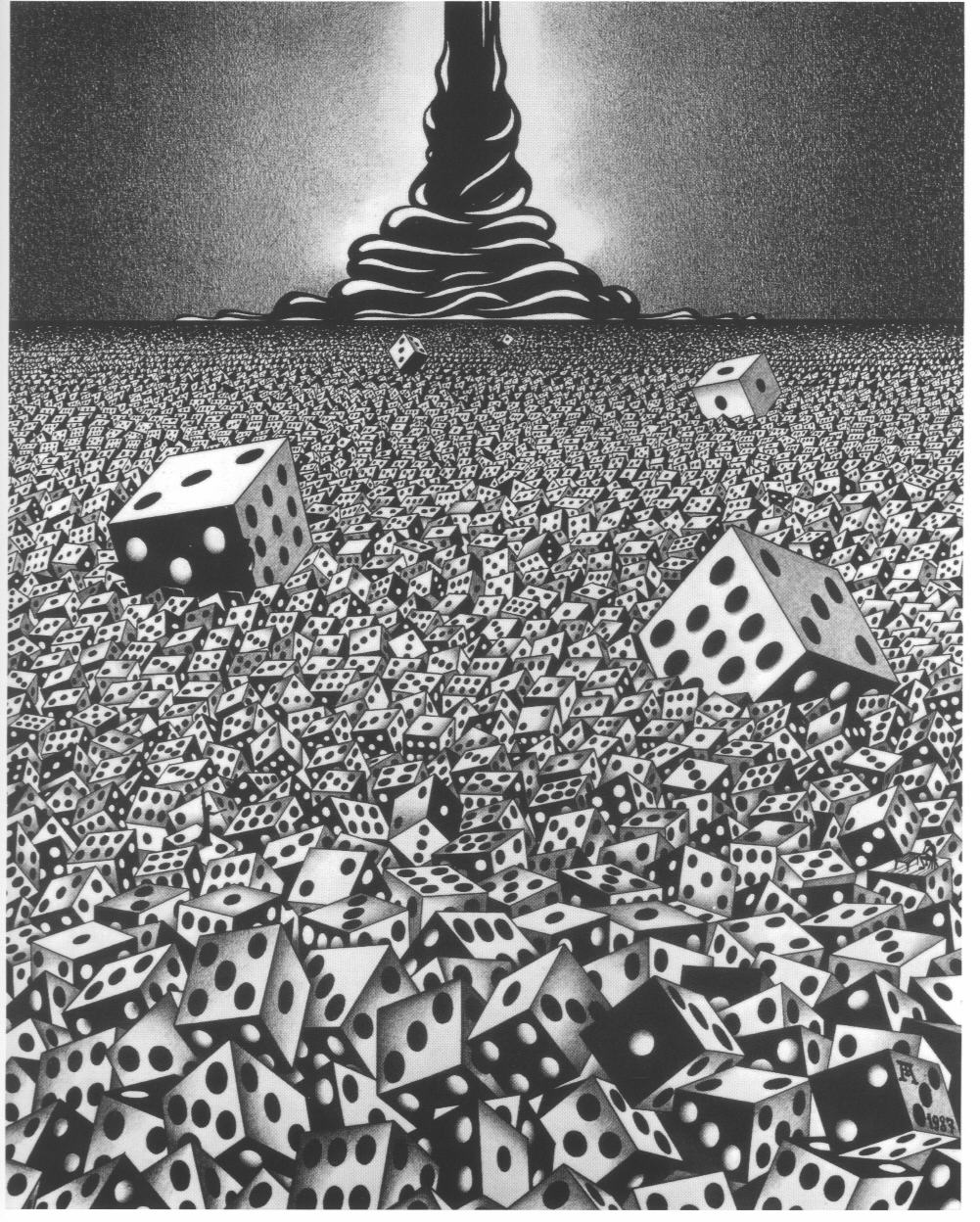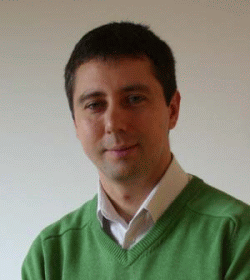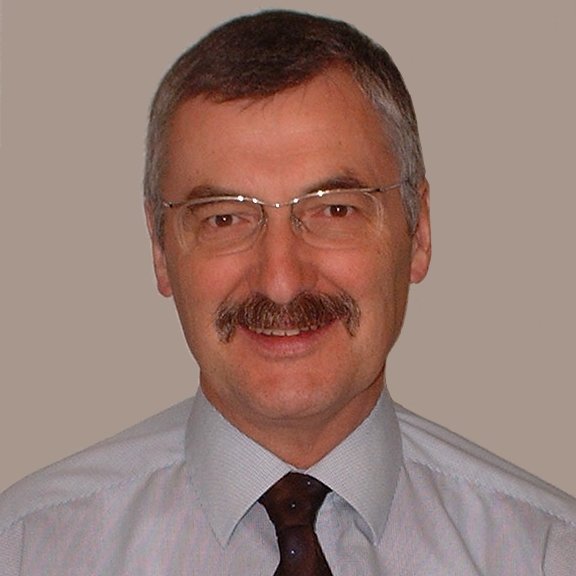What is Stochastics?
The term stochastics (originally Greek στωχαστίκή derived from στωχωξ - “assumption, anticipation, goal”) means "the art of assuming". It was first used by Jacob Bernoulli in his 1773 book "Ars conjectandi", in which he proved the first law of large numbers. Modern-day stochastics is a domain of applied mathematics. It comprises (among others) probability theory, stochastic processes and statistics. These are used to examine random events, temporal developments and spatial structures, trying to find possible regularities. As most natural phenomena exhibit a behaviour that is at least partly random, stochastical methods are applicable to almost every scientific discipline. By taking advantage of the performance of modern computers, stochastics is becoming an invaluable tool for natural science, technological development and economics.
The current Institute of Stochastics was founded in 1987 as the Department of Stochastics at the Faculty of Mathematics and Economics of Ulm University. At the same time Professor Hans Wolff was appointed department head, a job he fulfilled until he was elected president of the university in 1995. Subsequently, this position was occupied by Professor Volker Schmidt from 1995 to 2007, when Professor Evgeny Spodarev took over this job. Currently, the institute consists of two professors (Volker Schmidt, Evgeny Spodarev), the secretary Renate Jäger and several PhD students, who perform a part of the teaching and research tasks at the institute and prepare their doctoral dissertation. After obtaining their doctorate, they usually continue their career outside Ulm University. Moreover, numerous students work at the institute, either as student assistant workers or preparing their graduation theses, and are supervised and mentored intensely by both professors and staff.
Professor Spodarev studied mathematics at the Lomonossov University in Moscow. After obtaining his PhD at the Friedrich Schiller University of Jena and a post-doc position at Ulm University he was appointed junior professor. In 2007 he accepted a tenure as professor for applied statistics in Ulm after having declined two offers by other universities.
Professor Schmidt studied mathematics at Wroclaw University. Afterwards he became an assistant scientist at the TU Bergakademie Freiberg, where he obtained his PhD and his habilitation in mathematics. Since 1992 he works as a professor at the Faculty of Mathematics and Economics of Ulm University.
The domain of stochastics forms an important part of the (econo-)mathematics teaching program at Ulm University. After the switchover from the Diploma system to a bachelor and master program, the concept of the stochastics lectures has been adapted to the needs of those new study programs. Students are first introduced to stochastics within the scope of the bachelor program, where they attend lectures to learn the theoretical concepts (Elementary Probability and Statistics and Stochastics I) as well as computer lab courses to apply those concepts to real-world problems using software packages like SAS and R. This fundamental knowledge is built upon in the more advanced lectures of the master program, where it is also possible to attend special lectures that further explore statistical problems and introduce stochastic processes and spatial stochastic models. A possible concept for organizing the bachelor and master studies with a focus on stochastics is shown here and here. Moreover, the institute is involved in the DAV actuarial program of the faculty (specifically in the field of Risk Theory) and teaches the stochastics part of several different study programs at Ulm University. There are for example periodic stochastics lectures for biologists, chemists, engineers, computer scientists, physicists and economists.
We try to encourage a close relationship between research and teaching by integrating interested students into our numerous research activities. Many students participate early on in our undergraduate seminars as well as in the research seminar about stochastic geometry and spatial statistics of our institute, which regularly attracts internationally renowned scientists. Moreover, students are integrated into our interdisciplinary research projects by means of internships and graduation theses. Often this happens in close cooperation with fellow scientists from different research fields as well as with numerous industry partners, e.g. France Telecom, Generali, Müncher Rück etc., leading to many new and interesting applications of stochastic models and methods. During their project work, the students are directly involved in the continued development of the GeoStoch software library, which has been an ongoing research effort in our institute for the last 10 years and is constantly growing. By now, it offers extensive functionality in the fields of stochastic geometry and spatial statistics. Finally, our institute encourages and supports students who want to take part in international exchange programs, either in the scope of ERASMUS programs or via other cooperation agreements with scientific institutions in many countries, e.g. the Lomonossov University in Moscow, the University of Fribourg and the TU Eindhoven.
The Institute of Stochastics is regularly involved in the organization of international conferences, workshops and summer schools, which do not only attract top research scientists, but also offer interesting possibilities to junior researchers as well as PhD and undergraduate students. On the other hand, the professors and research assistants of the institute are often invited to present their results on an international level, reflecting the high level of appreciation of those results by the research community. These achievements also led to the decoration of our research activities with the Merckle Research Prize in 2005 and the Science - Industry Cooperation Prize of Ulm University in 2007. Finally, many publications of our institute have appeared in renowned journals from a broad range of different research areas over the last few years, demonstrating that it is not only interesting to develop modern stochastical methods, but also to apply them innovatively to problems from other scientific domains.



